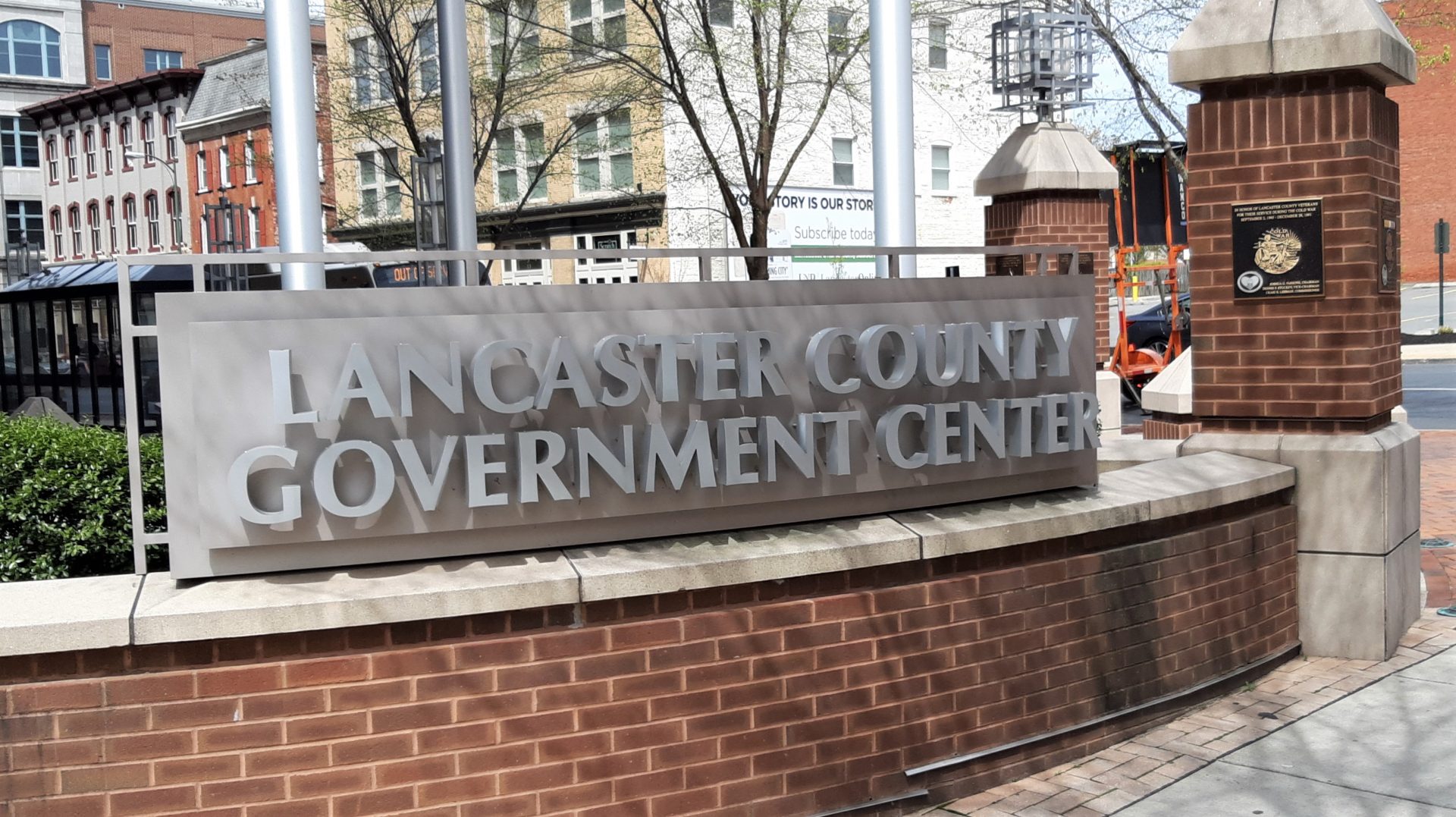The Lancaster County commissioners moved closer Tuesday to establishing a spending plan for the first phase of money received from the national opioid settlement.
Tuesday’s conversation built on a discussion from August, when Commissioner Josh Parsons presented his colleagues a preliminary spending plan developed over the summer by a working group of county officials and nonprofit stakeholders.
Since then, the county has received its first installment, $644,846, of the roughly $16 million it is expecting from the settlement over the next 18 years. The next payment should be between $1.1 million and $1.2 million, but there’s no word when it will arrive, county Solicitor Jackie Pfursich said.
The county expects to receive about $900,000 a year on average, and the work group’s plan is budgeted accordingly. In light of the smaller first installment and the ongoing uncertainty about the payment schedule, however, “we’ll have to be a little cautious,” Parsons said Tuesday.
The working group’s plan has five components:
- Hiring a neonatal abstinence syndrome caseworker ($60,000)
- Increase staff for the Student Assistance Program, whose assessors provide voluntary addiction evaluation and treatment referrals to school students. ($140,000)
- Support Pathways to Recovery, a county program for diverting low-level drug offenders into treatment. ($300,000)
- Support the Drug Task Force ($275,000)
- Launch a Medication Assisted Treatment (MAT) program for addiction at the county prison. ($125,000)
The commissioners agreed that hiring the neonatal caseworker is a priority, as is the prison’s MAT program. Given current legal trends, offering MAT will likely become mandatory for prisons, Parsons said.
Rick Kaster, executive director of the Lancaster County Drug & Alcohol Commission, told the commissioners he can hire two assessors for the Student Assistance Program for a year, for a total of 12, even without the settlement money. The county could then look at funding the added positions out of the settlement funds for the two years after that, Commissioner John Trescot said.
That leaves two programs, Pathways to Recovery and the Drug Task Force. The discussion centered on the potential of funding them at a limited level until more settlement money comes in.
The assessment, referral and treatment services in Pathways to Recovery are provided by Blueprints for Addiction Recovery and Second Chances, and at the moment, they’re underwriting their work themselves, without county assistance, District Attorney Heather Adams said.
Blueprints’ Certified Recovery Specialists also support the Second Chances pre-arrest diversion program. The specialists are key, and it would be helpful if funding could cover both programs, Adams said.
The commissioners asked her to confer with the two nonprofits and come back with a funding request for 2023.
As for the Drug Task Force, its funding was what municipalities asked about the most when the county approached them to sign onto the opioid settlement, Pfursich said.
It’s definitely a priority, the commissioners agreed. As the other spending elements fall into place, the commissioners and district attorney can “have a conversation” about how to fund it, and at what level, Parsons said.
Tuesday was a work session, and no action was taken. Allocations require a vote by the commissioners at a regular meeting.
There is no deadline for the spending: Funds not used in a given year remain available for subsequent disbursement.






